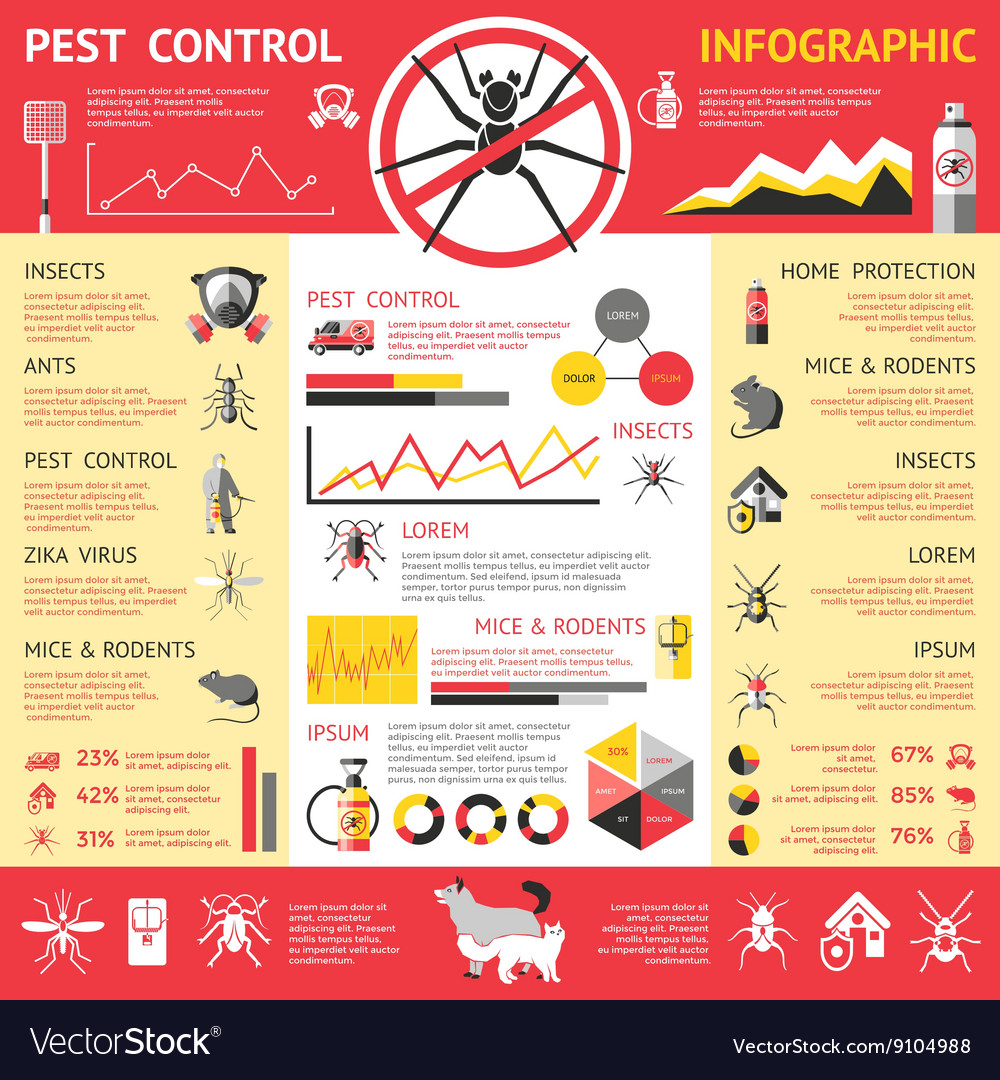The Role Of Parasite Exterminators In Environmental Sustainability
The Role Of Parasite Exterminators In Environmental Sustainability
Blog Article
Published By-Yates Fink
You might believe that bug exterminators are just worried about removing parasites, but their role exceeds that. They play an essential part in ecological sustainability.
By using integrated insect management techniques, they not just remove insects yet likewise safeguard biodiversity.
Additionally, they use lasting parasite extermination approaches to alleviate ecological risks.
So, following time you wonder about the relevance of insect exterminators, remember their contribution to a greener and healthier planet.
The Relevance of Integrated Bug Monitoring
You should understand the relevance of integrated pest management in preserving a sustainable setting.
Integrated Pest Management (IPM) is a method that focuses on preventing and regulating pests while minimizing the use of dangerous chemicals. By carrying out IPM techniques, you can effectively handle parasite populations without creating harm to the atmosphere.
One vital facet of IPM is using organic controls, such as killers and parasites, to normally control pest populations. This lowers the requirement for chemical pesticides, which can have detrimental impacts on wildlife and ecosystems.
In addition, IPM promotes the use of social and physical controls, such as crop turning and exclusion strategies, to prevent parasites from ending up being a problem to begin with.
Safeguarding Biodiversity Via Pest Control
We can protect biodiversity through reliable insect control approaches that prioritize the conservation of natural environments. By employing liable pest control practices, we can shield and preserve the delicate balance of types within our atmosphere. Here are 3 methods which bug control adds to guarding biodiversity:
- ** Maintaining native flora and fauna ** - By targeting invasive species that threaten native plants and pets, bug control assists ensure the survival of indigenous varieties and keeps the natural variety of ecosystems.
- ** Avoiding the spread of conditions ** - Controlling insects such as insects and ticks lowers the danger of illness infecting wild animals populations, protecting biodiversity and avoiding prospective episodes.
- ** Conserving endangered types ** - By handling pests that prey on or take on endangered varieties, pest control efforts can enhance the chances of survival and promote the healing of at risk populations.
With responsible insect control techniques, we can proactively contribute to the preservation of biodiversity and the sustainability of our environment.
Mitigating Environmental Dangers With Sustainable Bug Extermination Approaches
By using sustainable pest elimination approaches, you can effectively minimize environmental dangers while ensuring the safety and health of both humans and the natural community. Traditional bug control methods typically entail the use of dangerous chemicals that can have detrimental results on the environment.
However, lasting Rodent biology concentrate on lessening these dangers by using environmentally friendly choices. For instance, incorporated parasite administration (IPM) techniques prioritize the use of safe and naturally degradable products, along with natural killers to manage pest populations. This strategy not just minimizes the unfavorable influence on the atmosphere however additionally aids to maintain the delicate equilibrium of the community.
Furthermore, sustainable parasite extermination methods advertise the conservation of biodiversity by targeting particular insects without damaging advantageous organisms. By adopting https://postheaven.net/lino8890renato/discover-essential-techniques-to-secure-your-family-pets-while-managing-bug , you can contribute to a more sustainable and eco-friendly technique to pest control.
Conclusion
You are the pest exterminator, the guardian of nature's consistency. With incorporated parasite administration, you stabilize the delicate ecological community, ensuring the survival of diverse types.
Via lasting approaches, you mitigate environmental threats, keeping the fragile balance intact.
Like a symphony conductor, you coordinate the rhythm and circulation, securing the biodiversity that dancings in perfect consistency.
With every action you take, you develop a globe where nature thrives, where bugs retreat, and where sustainability preponderates.
